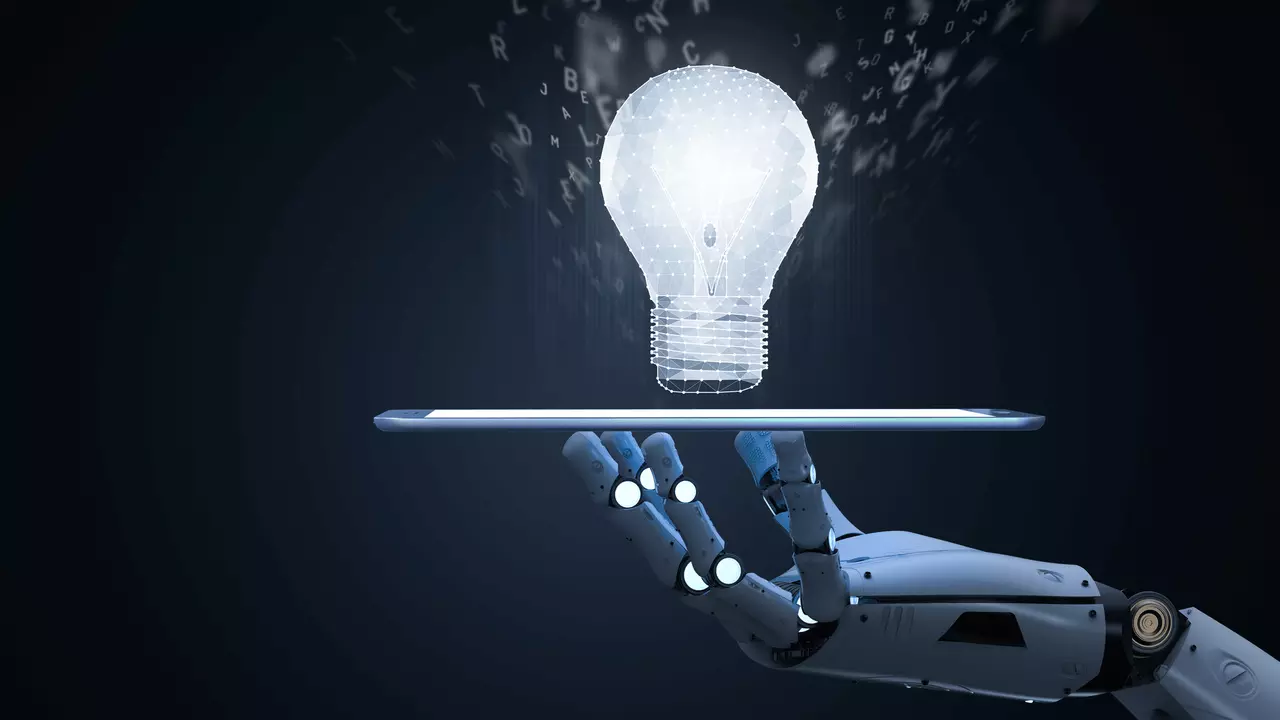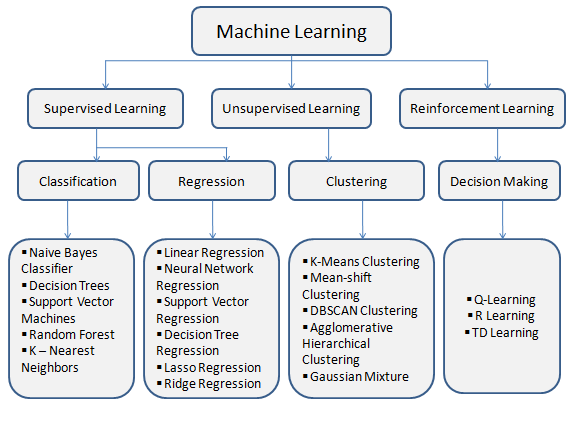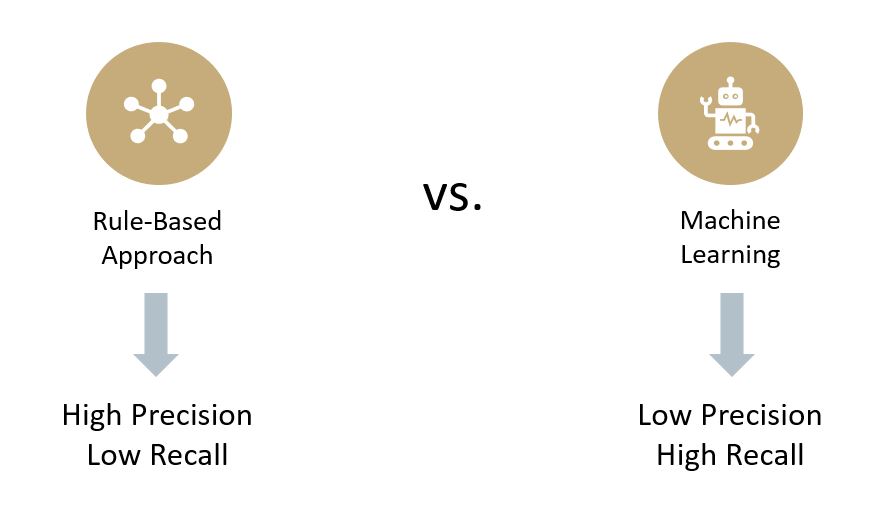Comments
- No comments found

Machine learning systems learn from past data and adapt to new situations autonomously, while rule-based systems rely on human intervention for any modifications.
Rule-based AI is an AI system that is based on a set of predetermined rules. These rules are created by humans and define what actions the system will take in different situations.
For example, if X happens, then Y should be done. Rule-based AI is deterministic by nature, meaning it operates on a cause-and-effect methodology.
Rule-based AI models require basic data and information to operate successfully, and they are limited to performing only the tasks and functions they have been programmed for. They are a more advanced form of robotic process automation (RPA) and can be used for tasks like data entry, document classification, and fraud detection.

Machine learning is a branch of AI that focuses on the use of data and algorithms to imitate the way humans learn. Machine learning algorithms are trained to make predictions and classifications based on past data, and they gradually improve their accuracy over time.
Machine learning models fall into three primary categories: supervised learning, unsupervised learning, and semi-supervised learning. Supervised learning involves using labeled data to train a model to make predictions. Unsupervised learning involves finding patterns in unlabeled data. Semi-supervised learning is a combination of both.
Machine learning algorithms are typically created using frameworks that accelerate solution development, such as TensorFlow and PyTorch. Machine learning has a wide range of use cases, including natural language processing, image recognition, and fraud detection.
The main difference between rule-based AI and machine learning is that rule-based systems rely on human-coded rules to make decisions, while machine learning systems learn from past data and adapt to new situations by themselves. Rule-based AI models are deterministic and limited to performing the tasks they were programmed for, while machine learning models can be used for a wide range of tasks and functions.

Rule-based models are best suited for situations where the problem is well-defined, the input data is structured, and the rules are clear and well-understood. They work well for problems that can be broken down into a series of logical steps, where the outcome can be predicted based on a set of if-then rules. Examples of rule-based systems include expert systems in the medical and legal fields, fraud detection systems in finance, and chatbots in customer service. In these cases, the rules are typically fixed and do not change frequently, and the data that the system operates on is relatively simple and structured. However, rule-based models may not be appropriate for more complex problems where the data is unstructured or the rules are constantly changing, as they may not be able to handle the necessary flexibility and adaptability.
Machine learning is a good fit for situations where the problem is complex and the input data is unstructured, noisy, or variable. It is also well-suited for situations where the rules or patterns that govern the data are unknown, but can be discovered through analysis. Machine learning models can handle large volumes of data and can identify complex patterns and relationships that may not be immediately apparent to human analysts. They can be used for a wide range of applications, including image and speech recognition, natural language processing, recommendation systems, and predictive analytics. Machine learning models are particularly useful when the problem is dynamic, and the rules or patterns change over time. However, machine learning models require large amounts of high-quality training data and may require significant computational resources for training and inference, which can be a barrier to adoption in some situations.

While both rule-based AI and machine learning have their strengths and weaknesses, the choice between the two depends on the specific use case. Rule-based AI is best suited for tasks that are deterministic and don't require adaptation to new situations, while machine learning is best suited for tasks that require adaptation and learning from past data. As AI continues to evolve, both rule-based systems and machine learning will play an important role in shaping its future.
Leave your comments
Post comment as a guest